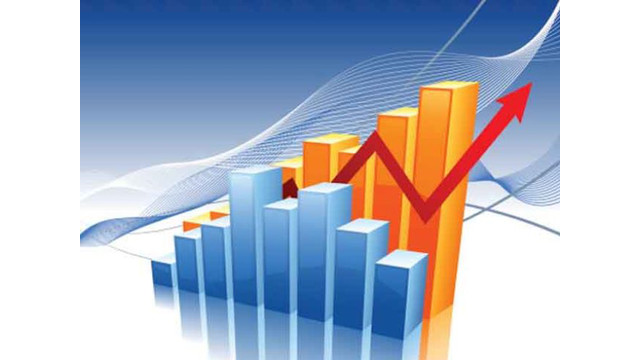Small Business
Retail Group Says Recession Unlikely
Lower rates will also make it more affordable to borrow through mortgages, home improvement loans, car loans and credit cards, encouraging spending and increasing demand for goods and services.
Sep. 06, 2024

With the economy slowing but still growing and inflation down as the Federal Reserve prepares to lower interest rates, the United States appears to have dodged a recession, according to National Retail Federation chief economist Jack Kleinhenz.
“The U.S. economy is clearly not in a recession nor is it likely to head into a recession in the home stretch of 2024,” Kleinhenz said. “Instead, it appears that the economy is on the cusp of nailing a long-awaited soft landing with a simultaneous cooling of growth and inflation.”
Despite an “eventful August” with initial reports of rising unemployment and a slowdown in manufacturing, more recent data has “calmed fears of a deteriorating U.S. economy,” Kleinhenz said. “Concerns are now focused on the direction of the labor market and the possibility of a job market slowdown, but a recession is far less likely.”
Kleinhenz’s comments came in the September issue of NRF’s Monthly Economic Review, which said annualized gross domestic product growth for the second quarter has been revised upward to 3% from the original report of 2.8%. Consumer spending, the largest component of GDP, was revised up to 2.9% growth for the quarter from 2.3%. Spending has moderated this year after accelerating in the second half of 2023 but “the American consumer has been resilient.”
Year-over-year growth in the Personal Consumption Expenditures Price Index – the Fed’s preferred measure of inflation – was at 2.5% in July, unchanged from June and only half a percentage point above the Fed’s target of 2%.
The labor market “is not terribly weak” but “is showing signs of tottering,” Kleinhenz said. Only 114,000 jobs were added in July, lower than expected, and the unemployment rate rose to 4.3% from 4.1% in June. Despite the increase, the unemployment rate is still within the normal range, Kleinhenz said.
Kleinhenz said the “keynote event” in August was Fed Chairman Jerome Powell saying “the time has come” for lower interest rates, and a reduction is widely expected to happen when the Fed meets on rates this month.
“Now the guessing game begins on the magnitude and frequency of rate cuts and how far the federal funds rate will be reduced,” Kleinhenz said. “While lowering interest rates would be good news, it takes time for rate reductions to work their way through the various credit channels and the economy as a whole. Consequently, a reduction is not expected to provide an immediate uplift to the economy but would stabilize current conditions.”
Going forward, Kleinhenz said lower rates should benefit households under pressure from loans used to meet daily needs. Lower rates will also make it more affordable to borrow through mortgages, home improvement loans, car loans and credit cards, encouraging spending and increasing demand for goods and services. The housing market in particular is poised to benefit since it is probably the most rate-sensitive sector. Small businesses could lower financing costs on existing loans or take out new loans to invest in equipment and plants or hire more workers.
For the rest of the year, employers should keep adding jobs even if at a slower pace than earlier this year, price increases for goods and services seem to be coming under control, unemployment is near historically low levels and the Fed is expected to cut rates at least twice.
“While consumers will continue to be savvy about their purchases, these factors are a welcome development and should support their propensity to spend,” Kleinhenz said.
As the leading authority and voice for the retail industry, NRF analyzes economic conditions affecting the industry through reports such as the Monthly Economic Review.
